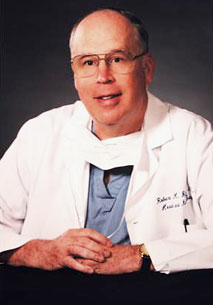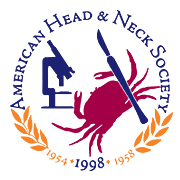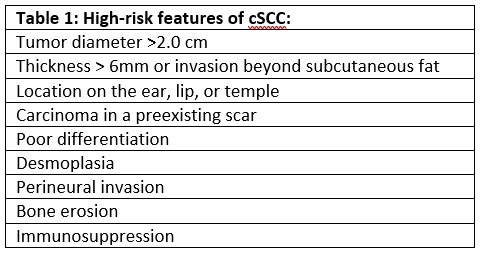A Giant of Head and Neck Surgery has Passed
It is with great sadness that I write to you about the passing of one of the true giants of the field of Head and Neck Surgical Oncology, Dr. Robert Byers passed away Saturday, March 6, 2021 at 3 AM. There will be no funeral, but there will be a Memorial Service which will be …





